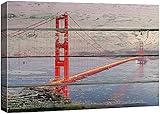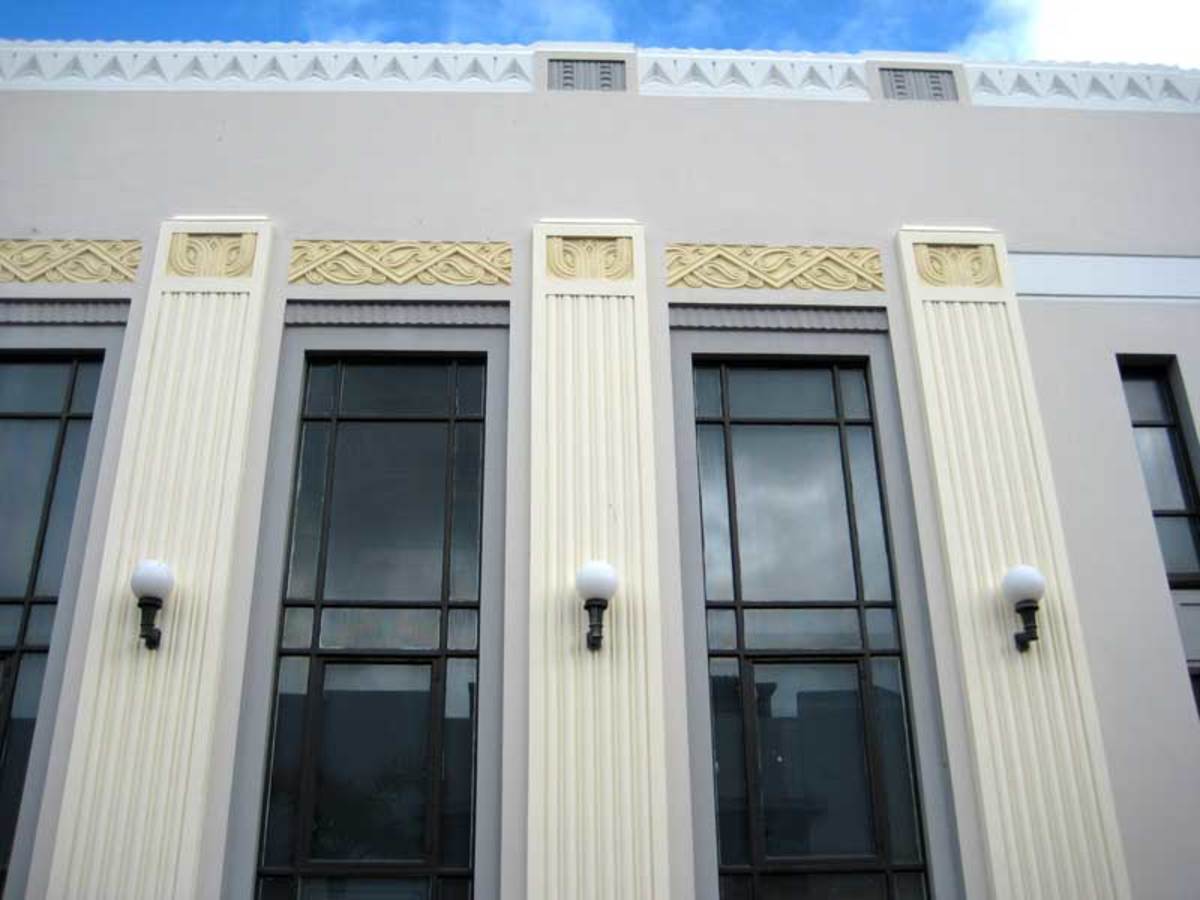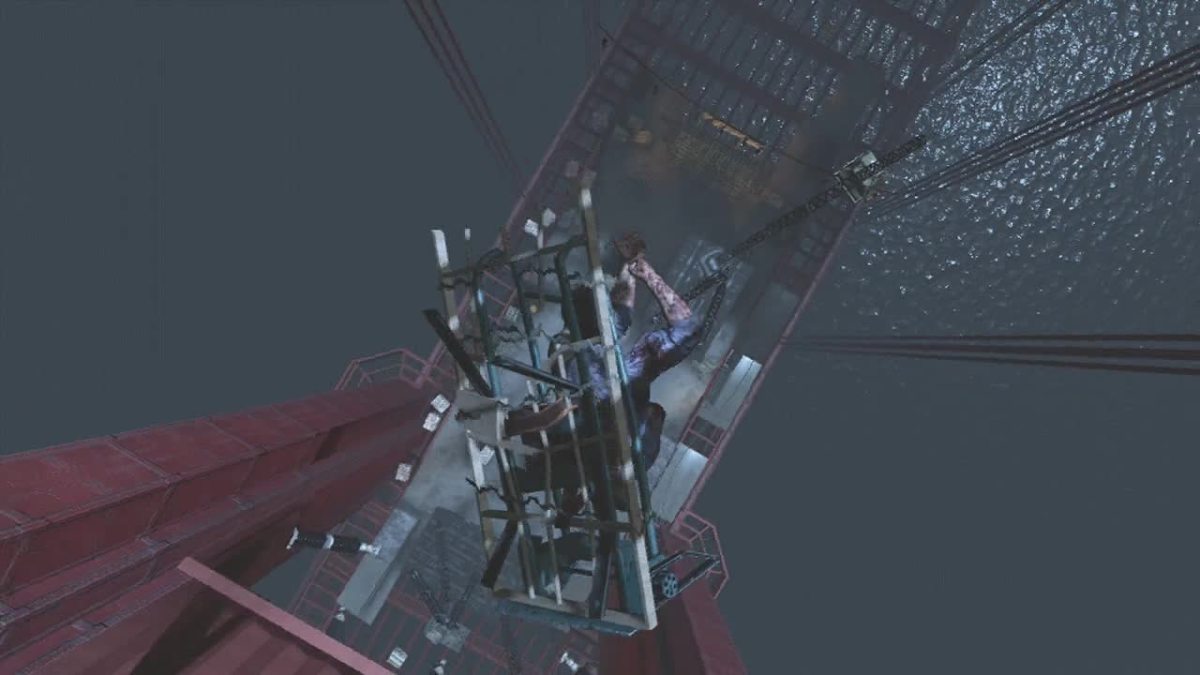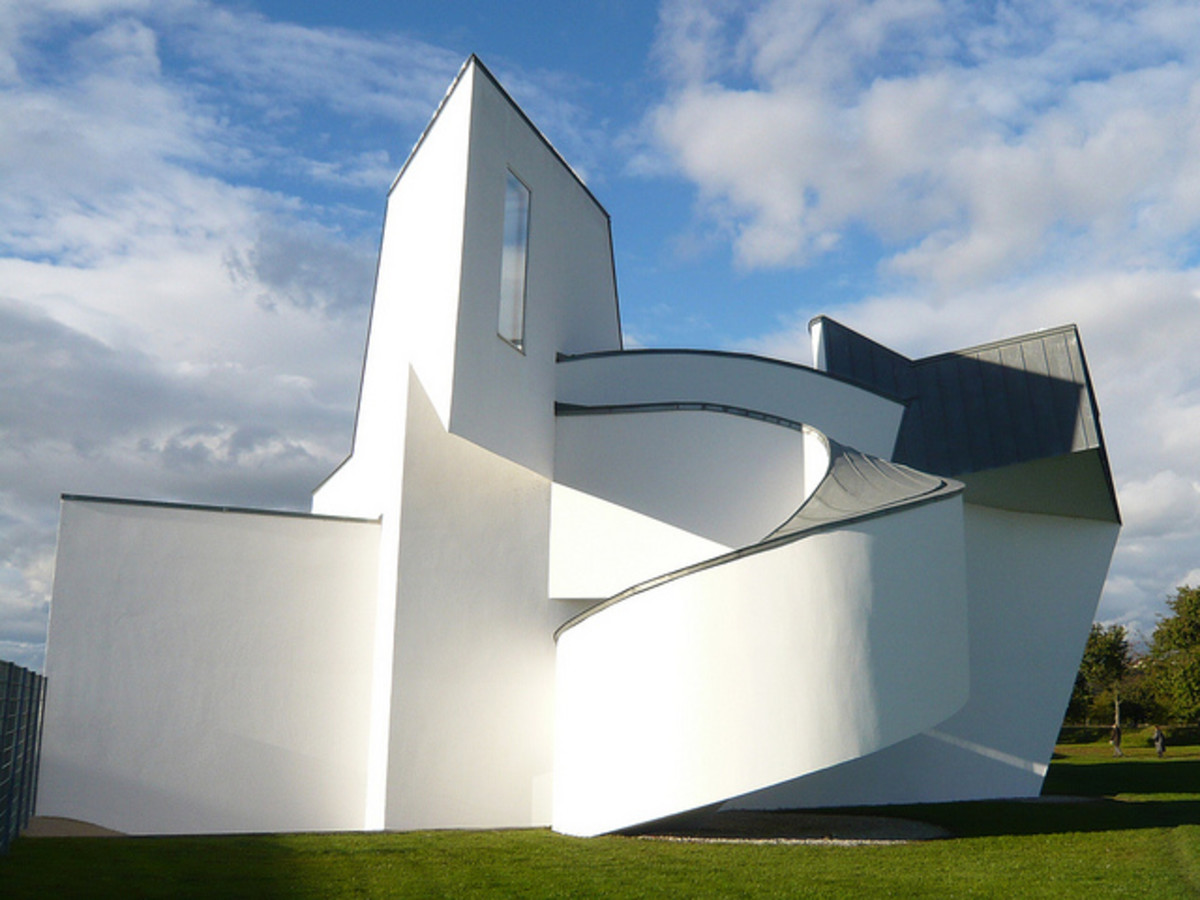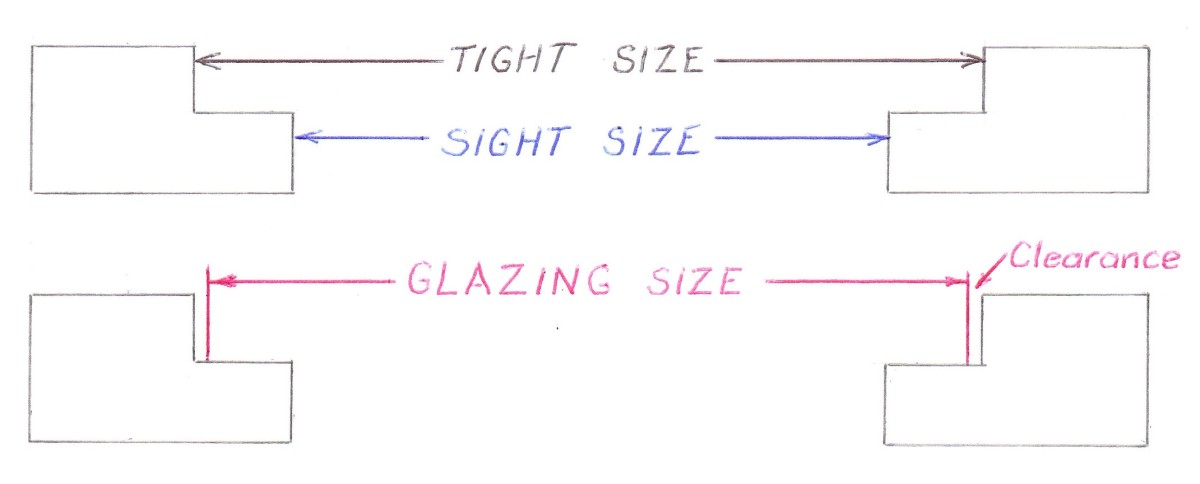Art Deco Architecture
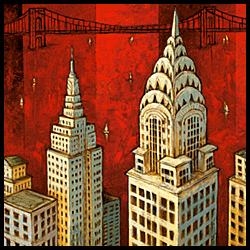
Art Deco Architecture
One lasting influence of the Art Deco art movement is in architecture. This page is dedicated to Art Deco architecture in all it's luxurious forms. Started in the 1920s and continued into the inter-war years, Art Deco buildings sprang up on every continent as the movement spread world wide. Cities, large and small, suddenly had public and private buildings either designed and build in the Art Deco style, or decorated with Art Deco motifs and decorations.
For many the symbolism of prosperity and glamour was important: for example solid bank buildings were designed to convey confidence - cinemas and theatres, the glamorous lifestyle of the swinging '20s. The depression years following the Wall Street Crash saw little Art Deco building in the US but it continued to flourish elsewhere in the world especially following the First World War when the world looked forward to a rosy future. Then, optimism and hope were key in a world reeling from the effects of war.
The influence of Art Deco in architecture appeared in buildings as diverse as diners and railway stations, museums, banks and theatres to name only a few. This architectural period deserves a much more in-depth review than can be attempted in this short article but included are some fine examples that will wet your appetite to learn more plus links on where you can find out more information on Art Deco architecture.
Image: "New York City II" by David Stewart (detail)
Buy from Allposters.com
Characteristics of Art Deco architecture - interesting facts on Art Deco
- Clean lines
- Distinct geometric shapes
- Accents in bold colors for example in gold accents and stained glass windows.
- Decorative features and motifs with wide-ranging influences.
- Early Art Deco = vertical emphasis
Late Art Deco = horizontal emphasis
- Linear symmetry
- Streamlining
- Use of unusual materials for the times, for example the new pressed concrete, glass and metals.
- Staggered or tiered pyramid shapes
- Clear influences from Cubism, Expressionism, Futurism, Modernism.
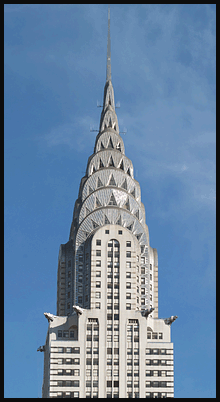
The Chrysler Building
Art Deco Architecture
The Chrysler Building in New York is probably the most famous and most iconic Art Deco building in the world. It was designed by architect William Van Alen and was completed in 1930. This 77 story skyscraper with tiered structure is typical of Art Deco architectural design. It's clear, elegant lines are made with brick, and a metal cladding over a steel frame.
Even it's method of construction was designed to be dramatic with the final spire being assembled inside before being hoisted into position. Suddenly the New York skyline was changed forever with it's appearance, and though it is by no means the tallest building in New York today, it continues to dominate in it's own way.
As befitting the period it takes many of it's decorative influences from the car industry with radiator-cap gargoyles, metal hubcaps, car fenders, hood ornaments and a band of abstract automobiles. Internally there are also scenes from the Chrysler assembly line.
The lobby is one of the most beautiful examples of Art Deco work today. It is clad in different kinds of marble, onyx and amber and has clear Art Deco motifs. Included is an Edward Trumbull ceiling fresco entitled "Transport and Human Endeavor". Images of the lobby cannot be reproduced here because of copyright but if you would like to explore this more there is a fine selection of photographs to be found --> HERE
Image: "The Chrysler Building, New York City" (detail)
Credit: "Wikipedia and The Library of Congress, Prints & Photographs Division
Photograph by Carol M. Highsmith [reproduction number, e.g., LC-USZ62-123456]
Art Deco Book - American Art Deco: Architecture and Regionalism by Carla Breeze

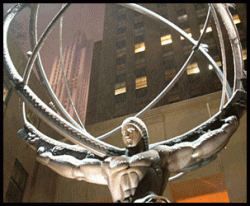
Rockefeller Center in New York City
Art Deco Plaza
Named for the principal financier family of John D. Rockefeller, the Rockefeller Center originally consisted of 14 buildings over 22 acres. Construction began in 1930 and the project was completed in 1939 driven forward by Nelson Rockerfeller. The architectural design was largely done by Raymond Hood and was assisted by several architectural firms. There are now 19 buildings on the site - the later ones being added in the 1960s.
Rockefeller envisioned this project as a 'plaza for the people', somewhere for business but also for communities to interact and nowhere was his vision more evident than in the observation deck where anyone can still come and marvel at the view of Manhatten.
During the Depression thousands of labourers worked on the project. In his book 'The Epic of Rockefeller Center' Okrent describes in detail the whole project from its inception to completion. He enthuses over the flamboyant Radio City Music Hall and the modernism of the RCA Tower. To him this was a complex that was, the joyful Deco flamboyance of RadioCityMusic Hall to the elemental inevitability of the Modernist RCA tower, the complex was "as innovative as it was impeccable, as smart as a business venture as it was eloquent as an artistic statement. "
Image: "Atlas in front of Rockefeller Center" by Wayne K. Houser
Available for purchase at Allposters.com
Great Fortune: The Epic of Rockefeller Center - Daniel Okrent

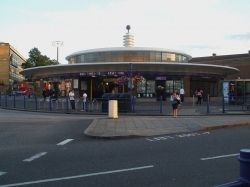
Art Deco Train Stations
examples of Art Deco architecture
In countries as diverse as Greece, Russia, Britain, Brazil and America, Art Deco inspired public buildings such as railway stations sprang up from the late 1920s. For example, architect Charles Holden designed several buildings for the London Underground system including this stunning example of late Art Deco buildings (more correctly termed Streamline Modern) at Southport. He used brick, reinforced concrete and lots of glass to create his take on the style. This is typical of a style that spanned continents and continues to inspire today.
To name only a few more examples:
Pennsylvania Station-30th Street built in 1933
Aeroport Metro Station in Moscow
Union Station in Los Angeles built in 1939
Victoria Station in Athens
Fort Worth's Texas & Pacific Railroad Passenger Station in 1931.
Image credit: Southend Railway Building reproduced here under licence from Wikimedia Commons.
Book: Art Deco London - author Colin Hines

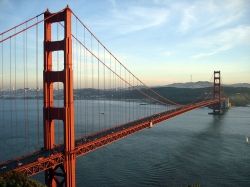
Golden Gate Bridge
Joseph B. Strauss, Irving Morrow, Leon Moisseiff
The idea to build a bridge connecting the city of San Francisco to San Francisco Peninsula was mooted long before it actually came into being. The final design was completed in 1937. This steel suspension bridge measure almost 2 miles in length, has elegant towers and sweeping cables that give it its distinctive Art Deco feel. The Art Deco theme is continued in railings, lights and walkways and were designed by Irving Morrow. In keeping with Art Deco style, the iconic orange color the building was finally painted was also his. Under his guidance, vertical ribbing was added to the towers to accentuate the effect of the sun on the bridge and they were tapered toward the top to further the Art Deco geometric shaping. He placed simplified railings for the pedestrian walkways and added clean lines in lamp posts all of which are still much admired as examples of the Art Deco period today. Â
Â
Image credit: Golden Gate Bridge reproduced here from Wikimedia under Commons licence
Golden Gate Bridge, San Francisco, CA
Historic Photographs of the Building of the Golden Gate Bridge
Click on the individual pictures for more information or to buy:
1937 Photo
The Golden Gate
Bridge, San Francisco
1934 photo
Pylon on south shore
of Golden Gate Bridge
1934 photoGolden
Construction of the
Golden Gate Bridge
(24x36) San Francisco
(Golden Gate Bridge Towers) Art Poster Print
Misty Morning
Golden Gate Bridge
Art Poster Print
Golden Gate
Bridge Poster
San Francisco,
California
24in x36in





